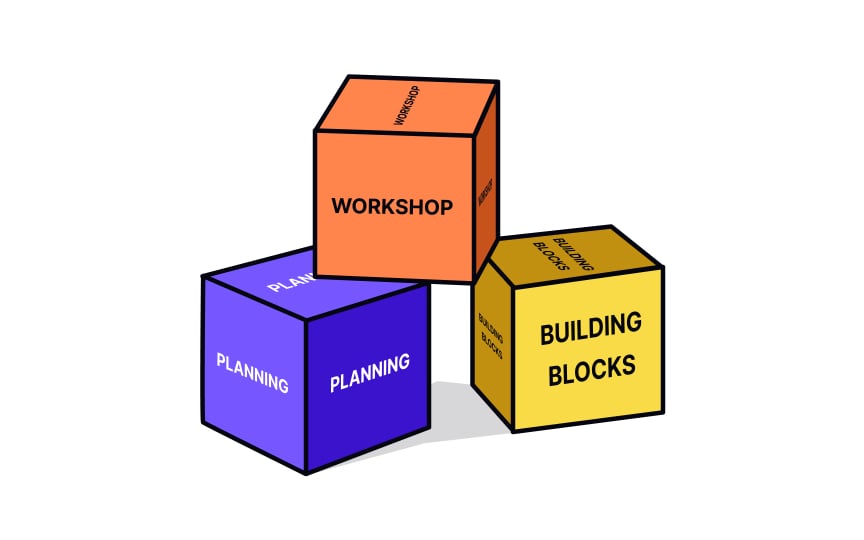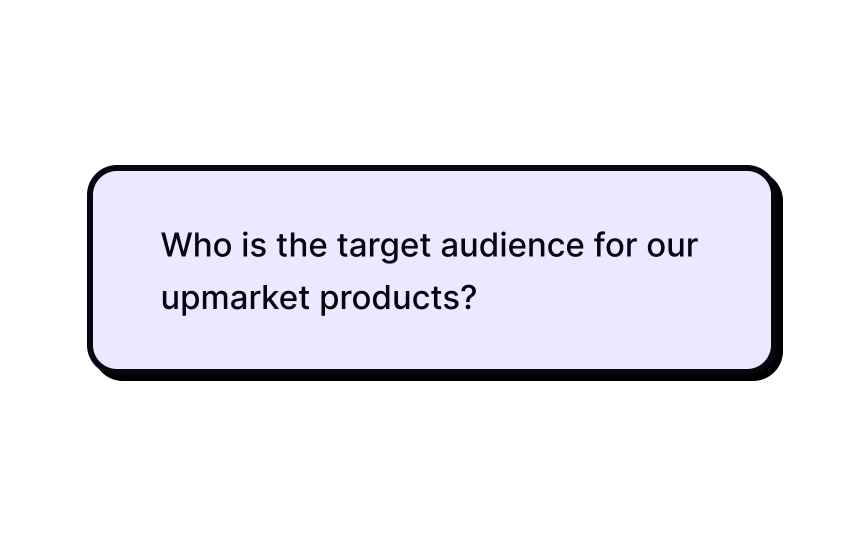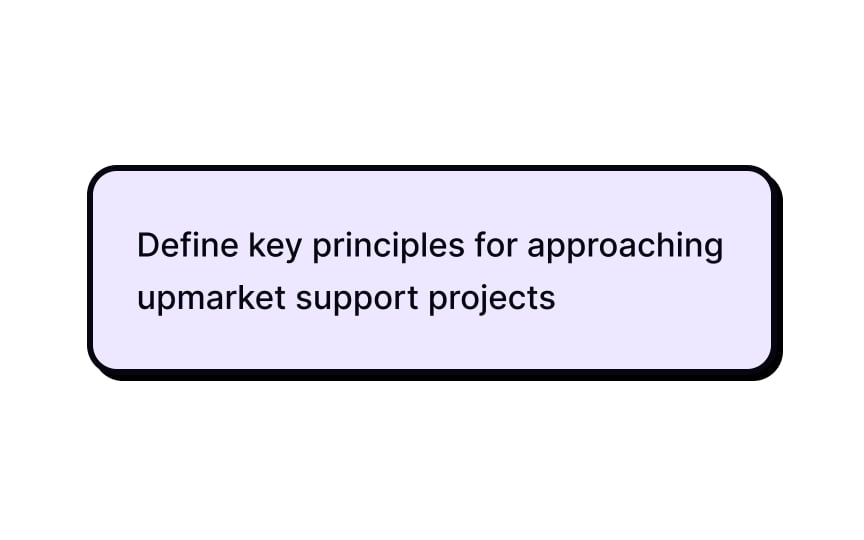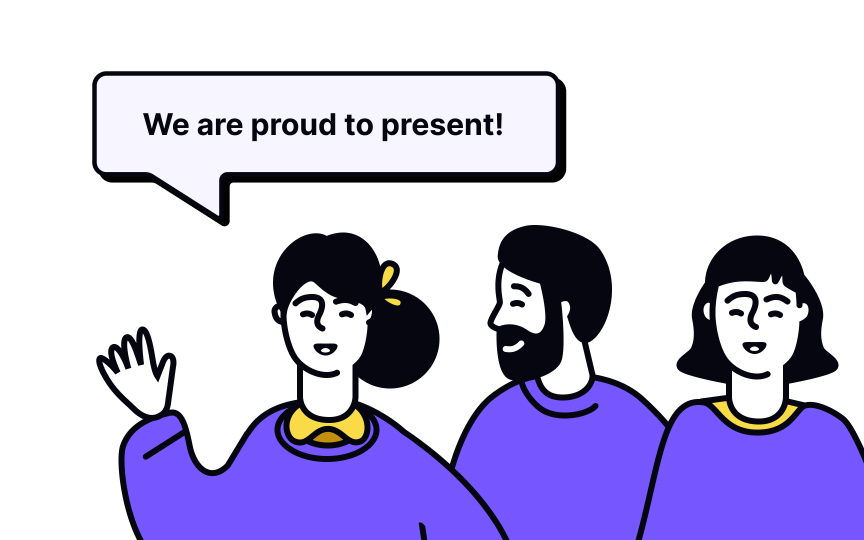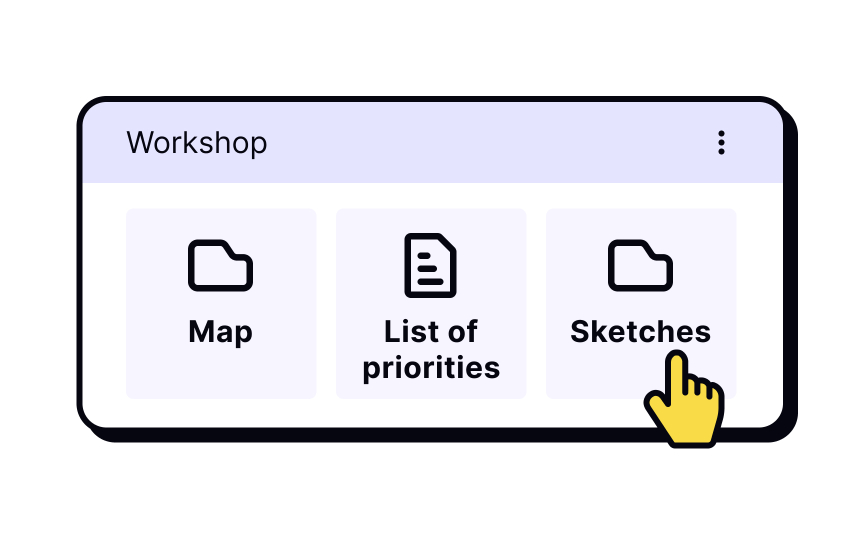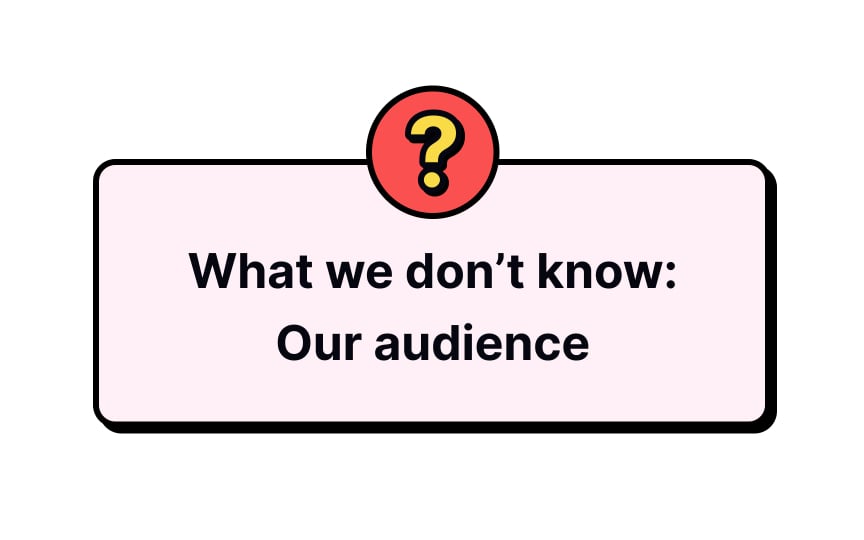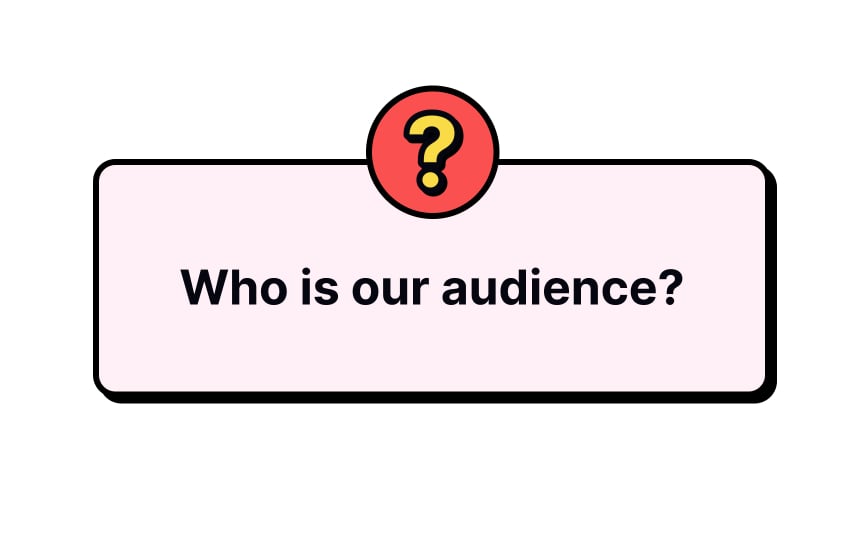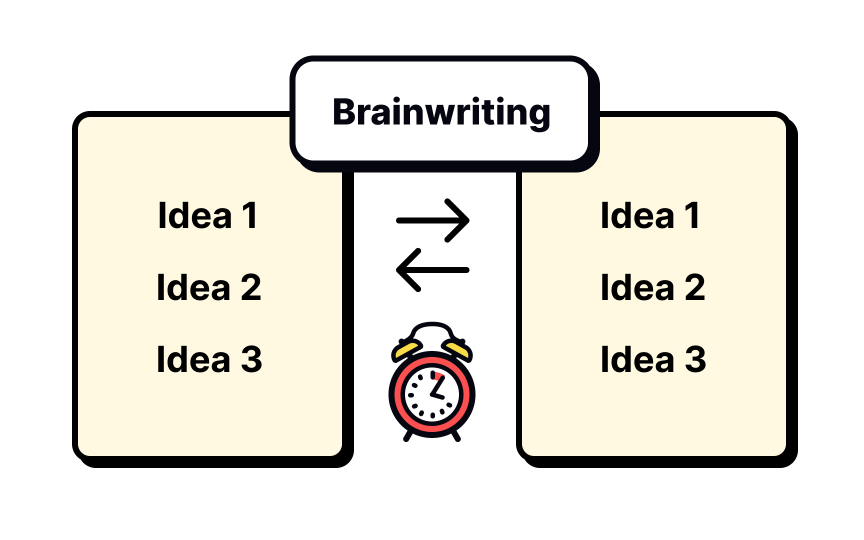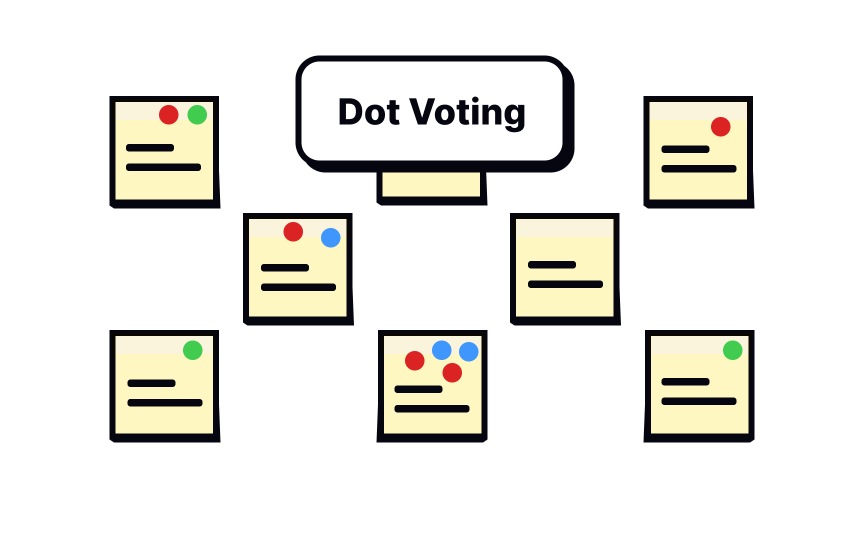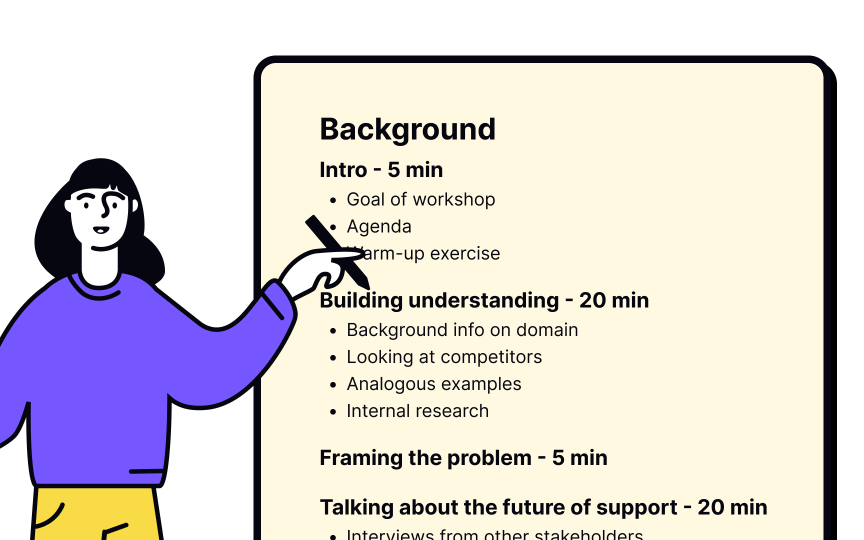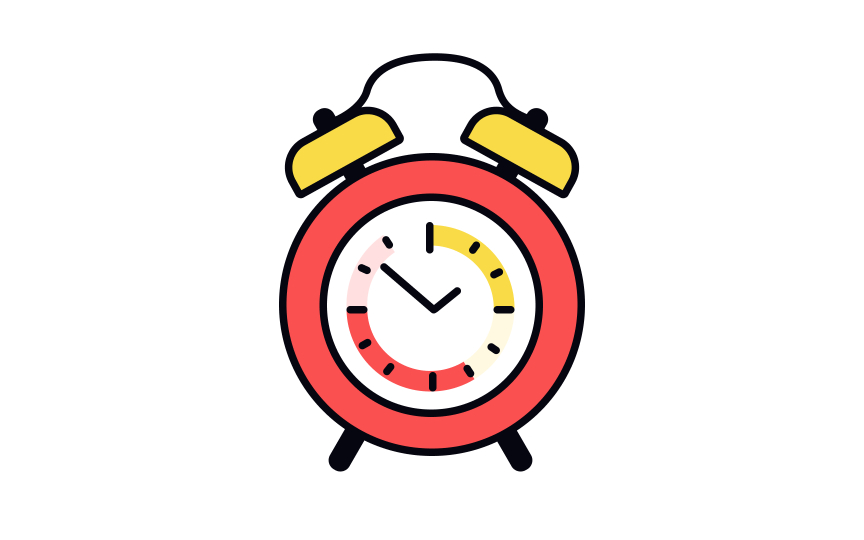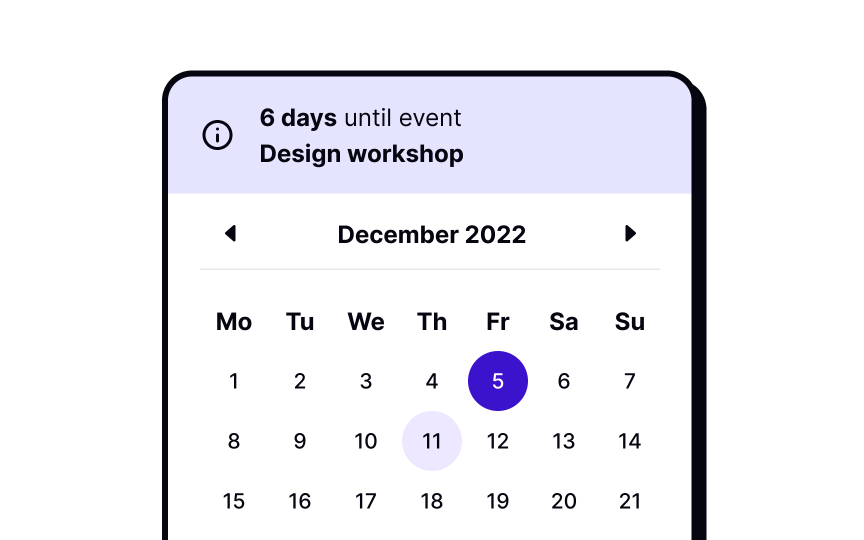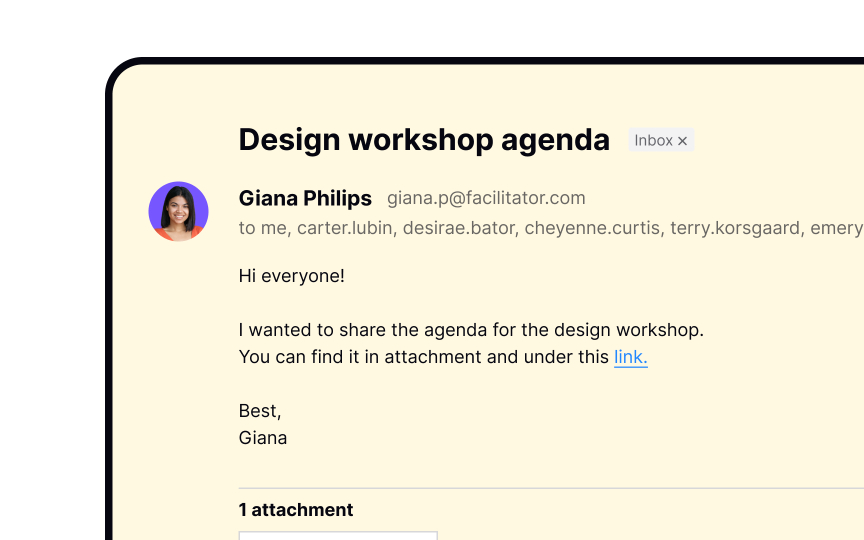Design Workshop Planning and Agenda
Understand the steps involved in planning and organizing a successful design workshop
UX workshops can drive projects forward and build consensus, but only if they are productive. Even if you gather all the right people in the room, ideas and outputs don't just happen.
To conduct an efficient workshop, you need to carefully plan it — and let the participants know what it'll be about ahead of time. Creating an agenda starts with setting the goals you want to achieve and ends with an outline of activities to help you do that.
Without a plan, you can have a fun workshop, but you can't achieve results. Planning is vital — even if things don't always go according to plan. Having a plan gives you direction and makes you much better prepared to change things on the go.
There are three building blocks for creating effective workshop agendas:
- Goals: What are the desired outcomes of your workshop?
- Questions: What information do you want to gather to achieve your goals?
- Processes: What activities do you need to organize to answer your questions?
Understanding these building blocks allows you to ensure that every activity serves a purpose and leads the group to the goal you set together.
If you don't know where you are going, every road will get you nowhere. So, the first step of planning should be articulating goals.
Goals refer to the outcomes or end results you want to achieve by the end of the workshop. Think of the tangible outputs you want to get and write a short, clear description of the ideal end state. For example, "Define key principles for approaching upmarket support projects.”
Your goals will most likely fall into one or more of these categories:
- Agreement goals: Reaching consensus on the direction
- Understanding goals: Gaining a shared deeper knowledge of a subject
- Generation goals: Creating new ideas or thought patterns
- Strengthening goals: Building empathy between teams or strengthening relationships between parties
Some experts separate goals (more abstract) from outcomes (tangible artifacts).
Tangible outcomes are artifacts created during the workshop. The journey to achievement starts with a goal and finishes with the desired outcome. For example, your goal could be prioritizing features your team will develop next. A prioritized list of such goals would be the outcome.
As you can see, goals and outcomes are closely related. Some experts formulate goals as outcomes. For example, “By the end of the workshop, we will have a prioritized list of features we will develop next.” Regardless of terminology, listing the outcomes while planning will help clarify how to structure your workshop.
The second step of planning is documenting needed information. Typically, there is a gap between what you already know and what you want to know by the end of the workshop. What critical information are you missing to move yourself and the team toward that goal?
Ask yourself, "What questions must be answered for me to move toward my goal?" and write them down. These questions can be broad or specific:
- Who is our audience?
- What defines the ideal
user experience ? - What is the current state?
- What kind of metrics will be used to measure success?
- What user research do we have at our disposal, and what needs to be conducted?
- What potential roadblocks exist?
Once you have the list of questions, look for themes and patterns. Some questions will very likely be related, so group these into segments. These segments will start to create a structure for the workshop.[1]
The third and final step of planning is selecting workshop activities to help you answer the questions to achieve your goal. At this point, you'll probably have several themes that emerged within the questions.
Here are some examples of how you can align workshop activities with the questions you have:
- To answer questions like "What kind of metrics will be used to measure success?" use a brainstorming exercise — for example, a postup. This type of exercise is excellent for generating new ideas quickly.
- For questions like "Which of these features should we roll out next?" consider a forced ranking exercise like dot voting.
- For questions like "What
user research do we have at our disposal?" you might have different groups do short readouts of pertinent findings.
Once you have your workshop goals, questions, and activities, it’s time to create a workshop outline. Look at the activities and decide their order — some exercises can be grouped by theme. For example, one segment can contain the activity to prepare the group for
Assign a rough time estimate to each section, and as you plan out more details, you can go back and adjust the length of your workshop as needed. Consider that each activity usually takes longer than expected, so leave some buffer room.[2]
Timing activities accurately is an art. While you can estimate how long something can take, in reality, the same activity can take more or less time with different groups or topics. That’s why it’s helpful to plan in some time buffer.
Keep an eye on the clock to stay on track, but do this subtly. Visible countdown timers can create pressure, making it harder to
As a facilitator, simply announcing 10 minutes for an exercise and then keeping one eye on the clock will put your attendees at ease. It may be a little more effort for you – but it will be a better experience for everyone else.
Pro Tip: Keep in mind that long remote workshops can cause screen fatigue. In such cases, plan for shorter sessions and remember to include breaks.
Defining your goals and deliverables helps you decide who should participate in the workshop. Having the right skill sets in the room is key to generating innovative ideas with practical applications. That means all decision-makers, technical leads, and even users (or their personas) must be represented.
Consider inviting people to represent:
- Business strategy
- Sales and marketing
- Technology
- Creativity and design
- Customer engagement
- Project management
- Users or their personas
Once you have the workshop agenda and activities ready, select a time and location to hold the workshop.
Complex problem-solving takes time. Understanding how much time you have is critical, and it should be based on the size of your team and the scope of your project.
When planning a workshop, allocate:
- 1 full day for small teams or specific projects
- 2-3 full days for large teams and broad opportunities
When you know the size of your group, find and book a venue as soon as possible. A good environment supports great conversation. Make sure the room has a lot of natural light, space to move around, and wall space to write on (whiteboards or easels).
Once the planning is done and the team, time, and venue are established, send out invitations. Include the short version of the agenda in the invitation to help participants understand why they are invited and what is expected of them.
Try to send out the agenda at least 48 hours in advance before the workshop. Advance notice gives participants the time to ensure that they don't have any conflicts in their schedules.
References
- How to Create a UX Workshop Agenda (Video) | Nielsen Norman Group
- 14 tips to help you run a successful product design workshop | Inside Intercom
Top contributors
Topics
From Course
Share
Similar lessons

Design Workshop Basics

Design Workshop Types

